Sony has seriously upped its AV receiver (AVR) game for 2023. With the introduction of its STR-AN1000 and four new ES-series models, Sony has added support for Sonos and compatibility with the same wireless speakers and subwoofers that are used to augment Sony’s HT-A Series soundbars. These are also the first Sony AVRs to support 8K. The new models start at $900 for the STR-AN1000 and go as high as $3,300 for the flagship STR-AZ7000ES. They’ll be available later this spring.
These AVRs are absolutely packed with features, which we’ll get into in a moment, but they’ve also received several new hardware changes that aren’t going to be immediately apparent just by reading the specs. The STR-AN1000 gets a new chassis and subchassis, a new large capacitor transformer, a new digital circuit board, new power supply capacitors, a new preamp integrated circuit that Sony says it developed exclusively for these AVRs, and finally, a new 32-bit digital-to-analog converter (DAC). The ES Series go further, with all of those new elements, plus an updated heat sink, new high-power capacitors, and lead-free solder.
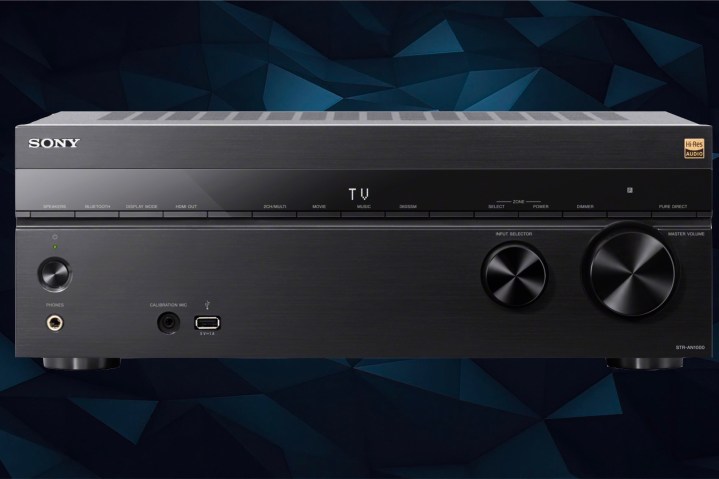
The addition of the Works With Sonos capability comes as something of a surprise. It lets you connect a Sonos Port, which can then automatically power on the AVR and switch to the appropriate input simply by using the Sonos app instead of having to manually perform these tasks using the AVR’s remote. We’ve seen AVRs from companies like Pioneer and Onkyo offer Works With
It’s also fascinating to see Sony infuse its AVRs with DNA from its line of home theater soundbars. The company introduced its 360 Spatial Sound Mapping feature on the HT-A7000, HT-A9, and HT-A5000 speakers. It uses microphones to create a 3D map of the room, which lets it fine-tune the placement of phantom speakers when presenting 3D audio like Dolby Atmos. The 2023 AVRs get this feature thanks to Sony’s new Digital Cinema Calibration IX — a mic-based calibration system that can measure the correct distance, angle, sound pressure, and frequency response of each speaker.
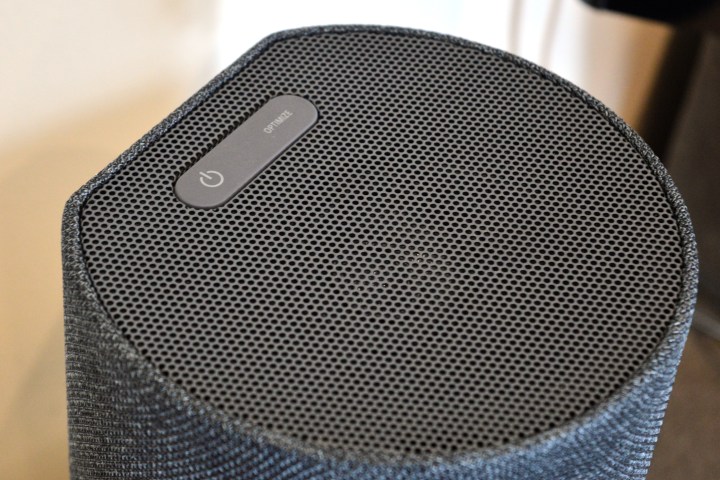
And speaking of speakers, you now have the choice of going wireless for your subwoofer(s) and your surround speakers, giving you the best of both wired and wireless worlds. The 2023 AVRs are compatible with Sony’s SA-SW3 and SA-SW5 wireless subs and SA-RS3S and SA-RS5 wireless surrounds. You can use up to two of the wireless subs, but they have to be the same model — no mixing/matching. When using the surrounds, the SA-RS3S will take over two of your AVR’s rear channels, while the SA-RS5 will take over two rear channels and two of the height channels, so you won’t be able to run these speakers over and above a full complement of wired speakers.
Finally, Sony is grabbing yet another trick from its soundbar lineup: the new AVRs support three varieties of enhanced center channel audio.
- Acoustic Center Sync (all models) will use the speakers on board your compatible Sony Bravia TV to make center channel audio sound like it’s coming from the screen (you’ll have to run a secondary analog cable between the AVR and the TV).
- Center Speaker Lift Up (all models) can use your front height channels to extend center channel audio upward, positioning it closer to the TV screen.
- Dual Center Speaker (STR-AZ5000ES/STR-AZ7000ES only) lets you place a center channel speaker above and below your screen — helpful for large screen sizes.
As with past models, all of the AVRs support hi-res audio via wired and Wi-Fi sources, as well as wireless hi-res audio via Sony’s LDAC Bluetooth codec. DSD is supported and you can use Sony’s DSEE Ultimate to upscale any lossy audio sources you might want to play, like Spotify.
On the video side of the equation, all of the 2023 AVR models feature full HDMI 2.1 compatibilit,y including variable refresh rate (VRR),
ES Series
The ES Series models are intended to be more powerful than the AN1000, but they also have several features that make them more attractive to professional installers and their customers. All of the settings can be backed up onto a USB drive using the USB port, and a dedicated ping button on the front of the units lets an installer instantly confirm the AVR’s IP address. These systems also have a full stack of specialized ports like IR repeaters, RS232, 12-volt triggers, and a full set of pre-outs (AZ5000/AZ7000).
Sony has also added support for a variety of home automation platforms, including Control4, OvrC, Savant, Crestron, Elan, RTI, Domotz, URC, and Vantage. If you want to rack-mount these models, Sony sells compatible “ears” so you can bolt them in.
Here’s a model-by-model breakdown of Sony’s 2023 AVR lineup.
STR-AN1000, $900

- Watts per channel still to be confirmed
- 7.2-channel/5.2.2-channel
- 6 HDMI In/2 Out
- 8K/4K120: 2 In/1 Out
- HDMI 2.1 with VRR, ALLM
- 360 Spatial Sound Mapping
- Digital Cinema Auto Calibration IX
- Dolby Atmos, DTS:X
- Dolby Vision, HDR10, HLG
- Bluetooth with LDAC
- Wi-Fi
- AirPlay, Chromecast Built-In, Spotify Connect
- Works with Sonos
- Roon Tested
- Sony Music Center Mobile Application
- Wireless Rear/Subwoofer Compatibility
- Hi-Res Audio
- 360 Reality Audio
- Powered Zone 2
- 2-year warranty
STR-AZ1000ES, $1,100

Every feature from the STR-AN1000, plus:
- ES Series-only features listed above
STR-AZ3000ES, $1,700
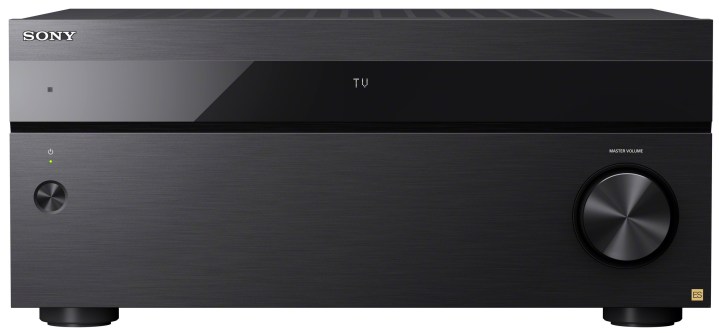
Every feature from the STR-AZ1000ES, plus:
- 9.2-channel/7.2.2-channel/5.2.4-channel
- 6 HDMI-in (4 dedicated 8K/4K @120 Hz HDMI inputs)/2 HDMI out
- 120 watts per channel
STR-AZ5000ES, $2,100
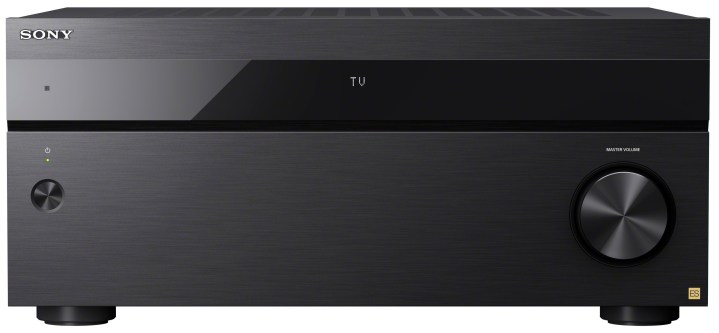
Every feature from the STR-AZ3000ES, plus:
- 11.2-channel/9.2.2-channel/7.2.4-channel/5.2.4-channel
- 7 HDMI-in (4 dedicated 8K/4K @120 Hz HDMI inputs)/2 HDMI out
- 130 watts per channel
STR-AZ7000ES, $3,300
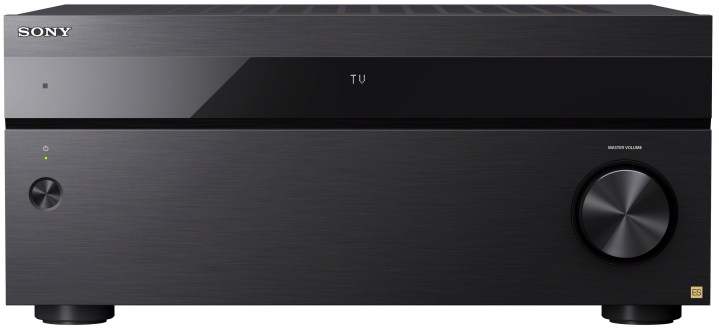
Every feature from the STR-AZ5000ES, plus:
- 13.2-channel/11.2.2-channel/9.2.4-channel
- 15o watts per channel
Editors' Recommendations
- Sony’s ULT Power Sound headphones and speakers go big on powerful bass
- Rock and roll till dawn with Sony’s 25-hour SRS-XV500 party speaker
- Sony just made all other wireless gaming earbuds obsolete
- New Marantz Stereo 70s is an AV receiver for those who love two-channel sound
- JBL’s retro-style wireless speakers could spark serious envy among Sonos fans




